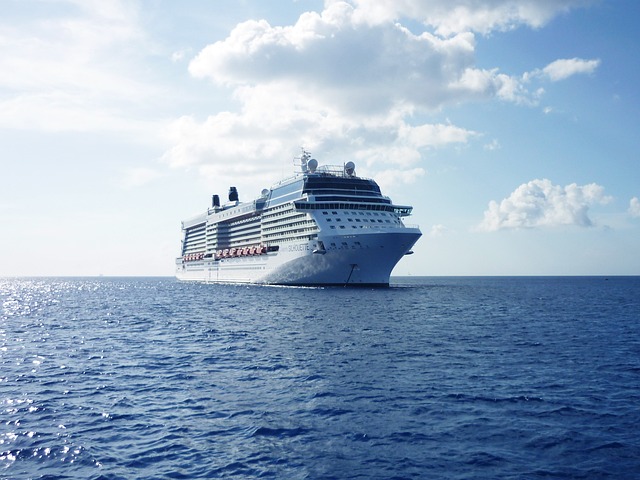Traditional wooden boats, notably the iconic dhow from Middle Eastern and Southeast Asian waters, have deeply influenced global coastal communities for centuries. These vessels, known for their durable construction using hardwoods like teak and mahogany, are celebrated for their historical significance in trade, transportation, and warfare. Modern dhow cruise marinas worldwide provide a unique opportunity to experience this maritime heritage, offering luxurious cruises on classic wooden dhows combined with local markets and cuisine. The diverse designs of traditional sailboats, from gaff-rigged vessels to the popular sloop, showcase masterful craftsmanship that continues to inspire modern sailors. Preserving these boats not only safeguards cultural heritage but also attracts tourists, boosting local economies and fostering pride in maritime traditions.
Discover the enduring charm of traditional wooden boats, a testament to centuries-old craftsmanship. From their historical significance to their integral role in coastal communities, these classic vessels continue to captivate sailors and enthusiasts worldwide. In this article, we explore the art behind dhow construction, the unique experiences offered by dhow cruise marinas, and the diverse types of historic woodcraft sailboats. Additionally, we delve into preservation efforts safeguarding these maritime treasures and their sustainability benefits.
- A Glimpse into the History of Traditional Wooden Boats
- The Art and Craftsmanship Behind Dhow Construction
- Dhow Cruise Marina Offers: An Experience Like No Other
- Types and Designs of Classic Woodcraft Sailboats
- The Role of Wooden Boats in Coastal Communities
- Preservation Efforts for Historic Maritime Heritage
A Glimpse into the History of Traditional Wooden Boats
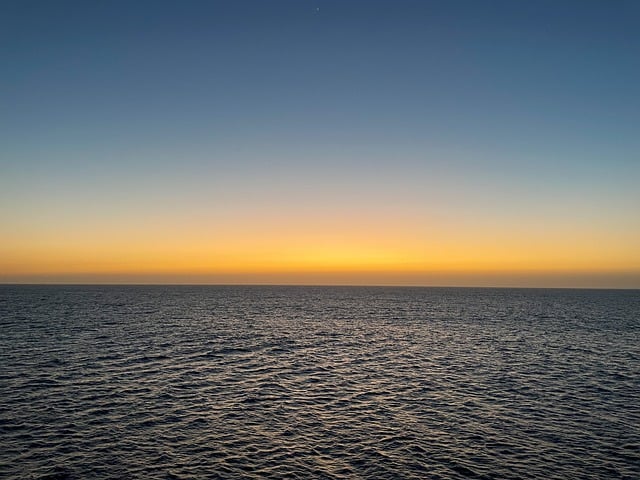
Traditional wooden boats have a rich history that stretches back centuries, playing a vital role in coastal communities worldwide. These vessels, often crafted with meticulous care and local knowledge, were integral to trade, transportation, and even warfare. In regions like the Middle East, Southeast Asia, and parts of Africa, wooden boat building reached new heights, particularly with iconic designs like the dhow.
The dhow, a sleek and sturdy wooden sailing ship, was a cornerstone of maritime activities in the Indian Ocean and beyond. Used for both long-distance trade and local transportation, these boats were renowned for their agility, capacity to carry substantial cargo, and unique construction methods. Today, many modern marine enthusiasts appreciate the charm of traditional wooden boats, and dhow cruises in marinas around the globe offer a glimpse into this fascinating maritime heritage.
The Art and Craftsmanship Behind Dhow Construction
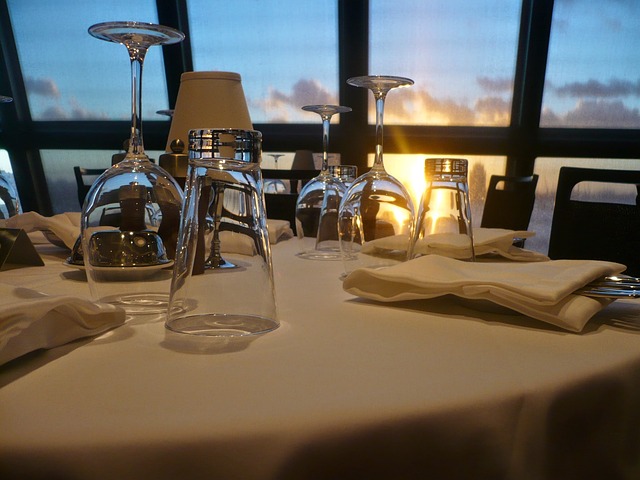
The art of dhow construction is a centuries-old tradition, passed down through generations of skilled craftsmen. These traditional wooden boats, often seen gliding gracefully across marina during a dhow cruise, are not just vessels but masterpieces of maritime engineering. Each dhow is meticulously crafted with precision and care, utilizing time-honored techniques that have endured the test of time.
Craftsmen select the finest hardwoods, such as teak and mahogany, known for their durability and natural beauty. Every curve and contour is shaped by hand, ensuring a perfect balance between aesthetics and functionality. The intricate carvings and detailed designs on the hull and deck are not just ornamental but serve to enhance stability and maneuverability. A dhow cruise marina offers more than just a scenic experience; it showcases the unparalleled craftsmanship and artistic soul that goes into creating these iconic boats.
Dhow Cruise Marina Offers: An Experience Like No Other
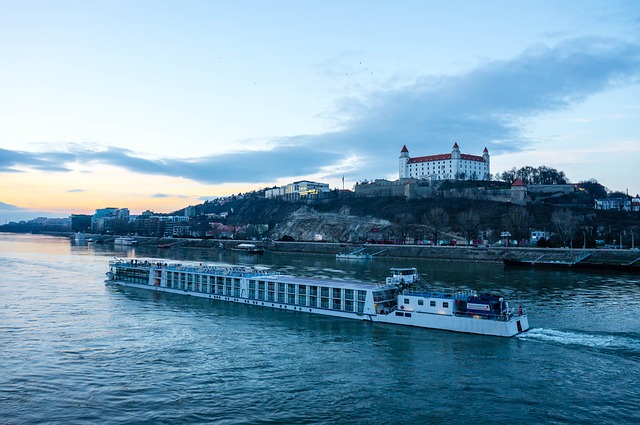
Dhow Cruise Marina offers an unparalleled experience, immersing visitors in a world of traditional charm and modern luxury. Guests can embark on a journey through time as they glide along the water aboard a classic wooden dhow, a unique vessel that has graced these waters for centuries. The marina provides a setting that is both tranquil and exhilarating, allowing passengers to unwind and appreciate the beauty of nature while enjoying the comfort of contemporary amenities.
Beyond the cruise itself, dhow cruise marina offers a plethora of attractions and activities. Visitors can explore the vibrant bustling of nearby markets, indulge in delicious local cuisine, or simply relax and soak up the peaceful atmosphere. The marina’s commitment to enhancing the traditional wooden boat experience ensures that every moment is memorable, making it a truly special excursion for both locals and tourists alike.
Types and Designs of Classic Woodcraft Sailboats
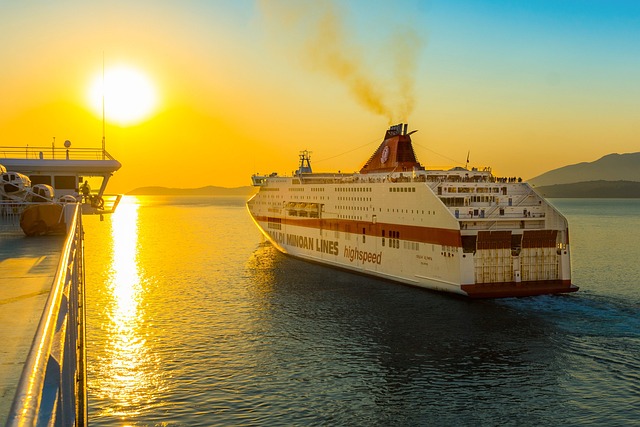
Classic woodcraft sailboats come in a variety of types and designs, each with its unique history and aesthetic appeal. One prominent type is the dhow, known for its sleek lines and sturdy construction, often seen in tropical destinations offering dhaw cruise marina experiences. These boats are characterized by their long, low hulls and lateen sails, making them ideal for navigating calm waters and coastal areas.
Other classic designs include the gaff-rigged sailing vessels, featuring a high mast with a gaff sail, perfect for catching steady winds; and the traditional sloop, known for its simplicity and versatility, popular among both recreational sailors and those looking to embark on longer journeys. These boats showcase the craftsmanship of generations past, where each piece of wood was carefully selected and shaped to create a symphony of form and function, echoing through today’s modern sailing experiences.
The Role of Wooden Boats in Coastal Communities
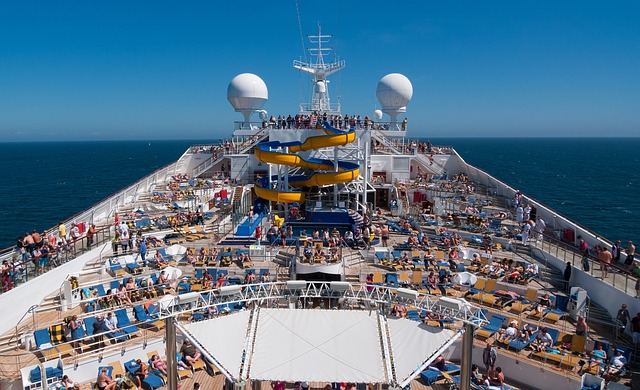
Wooden boats have played a significant role in coastal communities for centuries, serving as essential transport vessels and a key part of local economies. In many regions, traditional wooden craft like dhows are still used for fishing, trading, and even leisure activities, such as dhow cruises in marinas. These unique boats, known for their graceful design and sturdy construction, offer a glimpse into the rich maritime heritage of these communities.
Beyond their practical uses, wooden boats contribute to the cultural identity and tourism prospects of coastal towns. A dhow cruise marina can attract visitors seeking authentic experiences, allowing them to witness the skill and craftsmanship involved in boatbuilding and navigation. This not only promotes local businesses but also fosters a sense of pride among residents who preserve these ancient traditions.
Preservation Efforts for Historic Maritime Heritage
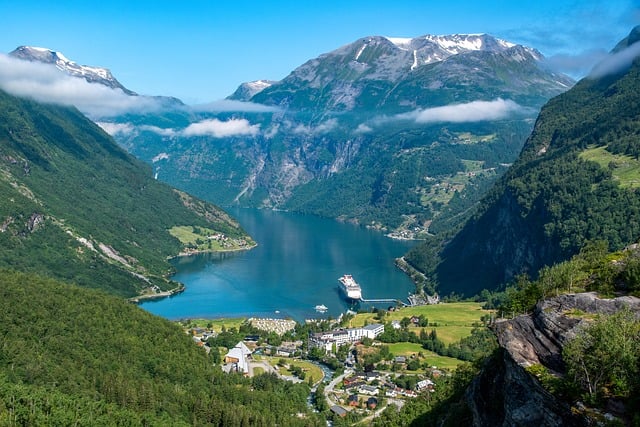
The preservation of traditional wooden boats is a vital task for those passionate about maritime history and culture. Many organizations and communities around the world are dedicated to safeguarding these historic vessels, ensuring they remain a part of our cultural heritage. In popular cruise destinations, like those offering dhow cruises in marinas, efforts are underway to protect and restore ancient wooden boats, providing a glimpse into the past for tourists and locals alike.
These preservation initiatives often involve meticulous restoration work, where skilled craftsmen carefully repair and maintain the delicate wood structures, ensuring these vessels can navigate the waters for years to come. By showcasing these traditional boats in marinas and offering cultural experiences like dhow cruises, communities can raise awareness about their historical significance and inspire appreciation for the rich maritime heritage they represent.
Traditional wooden boats, with their rich history and unique craftsmanship, continue to captivate coastal communities worldwide. From the iconic dhows that have navigated Arabian waters for centuries to the elegant classic woodcraft sailboats, these vessels embody a time-honored maritime heritage. The dhow cruise marina offers not just a scenic experience but also a gateway to understanding and preserving this cultural legacy. By recognizing the role of wooden boats in coastal societies and implementing preservation efforts, we can ensure that these remarkable craft remain a testament to our past and inspire future generations.
